
Tag Archives Wheat diseases
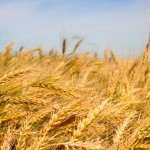
Canada’s wheat yield gains compare well to world
In Manitoba from 2000 to 2012, wheat yield gains outpaced those for canola
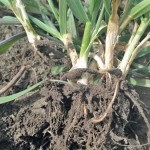
Hurry up and wait on your winter wheat crop
Get the nitrogen on now, but give the crop some time before deciding whether to keep or terminate it

On-farm scientific research saves Westman producers big bucks
What started off as a way to answer questions on one farm has evolved into a research business other farmers can access

Nine new CWRS wheats recommended for registration
Sixteen of the 36 cultivars reviewed were automatically endorsed
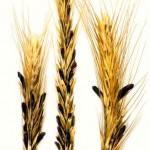
You need a multi-pronged plan to deal with this deadly foe
There's no silver bullet for combating ergot, but mowing grasses near fields and good agronomics can make a big difference

Producers urged to test feed for ergot contamination
Last year’s wet spring has left a potential deadly legacy

Visually assessing grain quality more challenging this year
Falling numbers are down but still good, says the CGC’s David Hatcher
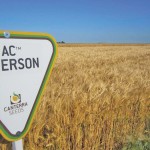
Big demand for “R” rated Emerson winter wheat
Early indications are Canada’s only fusarium head-blight resistant wheat performed well despite a high incidence of fusarium this year

A new biocontrol for fusarium head blight in cereals coming
An Ontario company will use a fungal organism found on a Manitoba field pea leaf to ward off FHB and possibly other fungi
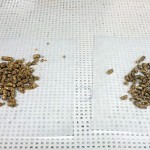
Ergot becomes invisible in manufactured feed
Researchers and feed makers say new guidelines for assessing risk are needed


